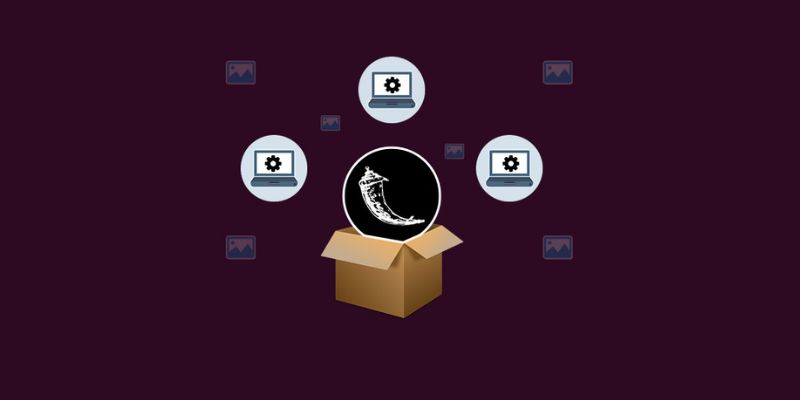Flask is a flexible web framework that’s popular for building web application quickly and with minimal overhead. However, with web development, security must always be a priority. Even a simple Flask application can be vulnerable to various threats, including SQL injection, cross-site scripting (XSS), and cross-site request forgery (CSRF). To safeguard user data and maintain application integrity, developers need to implement security best practices. This blog covers key methods to secure a Flask web application, ensuring it remains protected from common web vulnerabilities. To know more about Flask, You can go for Flask Training in Chennai and build a robust skill-set working with the most powerful tools and technologies to boost your skills.
Use HTTPS for Data Transmission
One of the first steps in securing a Flask web application is to use HTTPS. HTTPS (HyperText Transfer Protocol Secure) encrypts data transmitted between the server and the clients, protecting sensitive information like as login credentials and personal details. For Flask applications, enabling HTTPS typically involves obtaining an SSL/TLS certificates from a trusted certificate authority and configuring the web server (like Nginx or Apache) to use HTTPS. This ensures data confidentiality and builds trust with users by showing that their information is protected during transmission.
Implement Authentication and Authorization
Authentication and authorization are essential components for controlling access to your application. Authentication verifies a user’s identity, while authorization determines what that user is allowed to do within the app. Flask provides extensions like Flask-Login for handling user sessions and authentication, which simplifies the process of managing user logins, logouts, and access permissions.
For enhanced security, consider implementing two-factor authentication (2FA) as an added layer. Also, ensure that sensitive pages and actions are restricted based on user roles. For example, only administrators should have access to certain management functions. By implementing strong authentication and authorization practices, you significantly reduce the risk of unauthorized access.
Prevent Cross-Site Request Forgery (CSRF) Attacks
Cross-Site Request Forgery (CSRF) is a common attack where unauthorized command are transmitted from a user that the web application trusts. Flask-WTF, an extension for Flask, offers built-in CSRF protection by generating CSRF tokens for forms. By validating these tokens with each form submission, you ensure that requests are genuinely initiated by users within your application, preventing malicious commands from outside sources. Always enable CSRF protection, especially for forms that perform sensitive actions like data submissions or transactions.
Sanitize User Input to Prevent SQL Injection
SQL injection is a critical vulnerability that occurs when untrusted input is sent to a database, potentially allowing attackers to execute arbitrary SQL commands. Flask applications can avoid SQL injection by using parameterized queries or ORM libraries such as SQLAlchemy. With these methods, user inputs are treated as parameters, not executable code, ensuring that malicious input doesn’t alter the SQL command structure. Never directly embed user inputs into SQL statements without sanitization, as this is a primary cause of SQL injection attacks.
Enable Secure Session Management
Flask uses cookies to manage user sessions. To protect session data, it’s essential to configure secure session management. Start by enabling the Secure and HttpOnly flags on session cookies. The Secure flag ensures that cookies are only transmitted over HTTPS, while the HttpOnly flag restricts access to cookies from JavaScript, reducing the risk of XSS attacks. Flask also supports session signing, which verifies the integrity of session data. Using a strong, secret key for session signing is crucial to prevent tampering with session data. FITA Academy’s Flask Course Online will help you learn effectively and get a clear understanding of the concepts and curriculum.
Set Up Content Security Policy (CSP) for XSS Protection
Cross-Site Scripting (XSS) attacks can lead to data theft, session hijacking, and unauthorized actions within a user’s session. A Content Security Policy (CSP) helps mitigate XSS attacks by restricting which resources (scripts, images, styles) can be loaded on a page. Setting a CSP header in Flask prevents unauthorized inline scripts and external resources from running, significantly reducing XSS risks. Additionally, always validate and escape user inputs before displaying them on the page.
Regularly Update Dependencies and Conduct Security Audits
Maintaining an updated Flask environment is essential for security. Outdated libraries can contain known vulnerabilities, making your application an easy target for attackers. Regularly check for updates in Flask and its dependencies, and apply security patches as they become available. Tools like Safety and Bandit help identify security issues in Python dependencies and code. Conducting regular audits and vulnerability scans can also reveal weaknesses, allowing you to address them before they are exploited.
Securing a Flask web application requires a combination of best practices, vigilant updates, and robust tools to mitigate potential vulnerabilities. By implementing HTTPS, setting up authentication and CSRF protection, sanitizing inputs, enabling secure sessions, configuring a CSP, and staying up-to-date with patches, you can build a resilient Flask app that protects users and data. While no security measure is foolproof, a proactive approach to security minimizes risks and creates a safer environment for both your application and its users. Enrolling in Flask Training in Chennai can provide in-depth knowledge and hands-on experience for those looking to enhance their skills further.
Read more: Salesforce Developer Salary for Freshers



